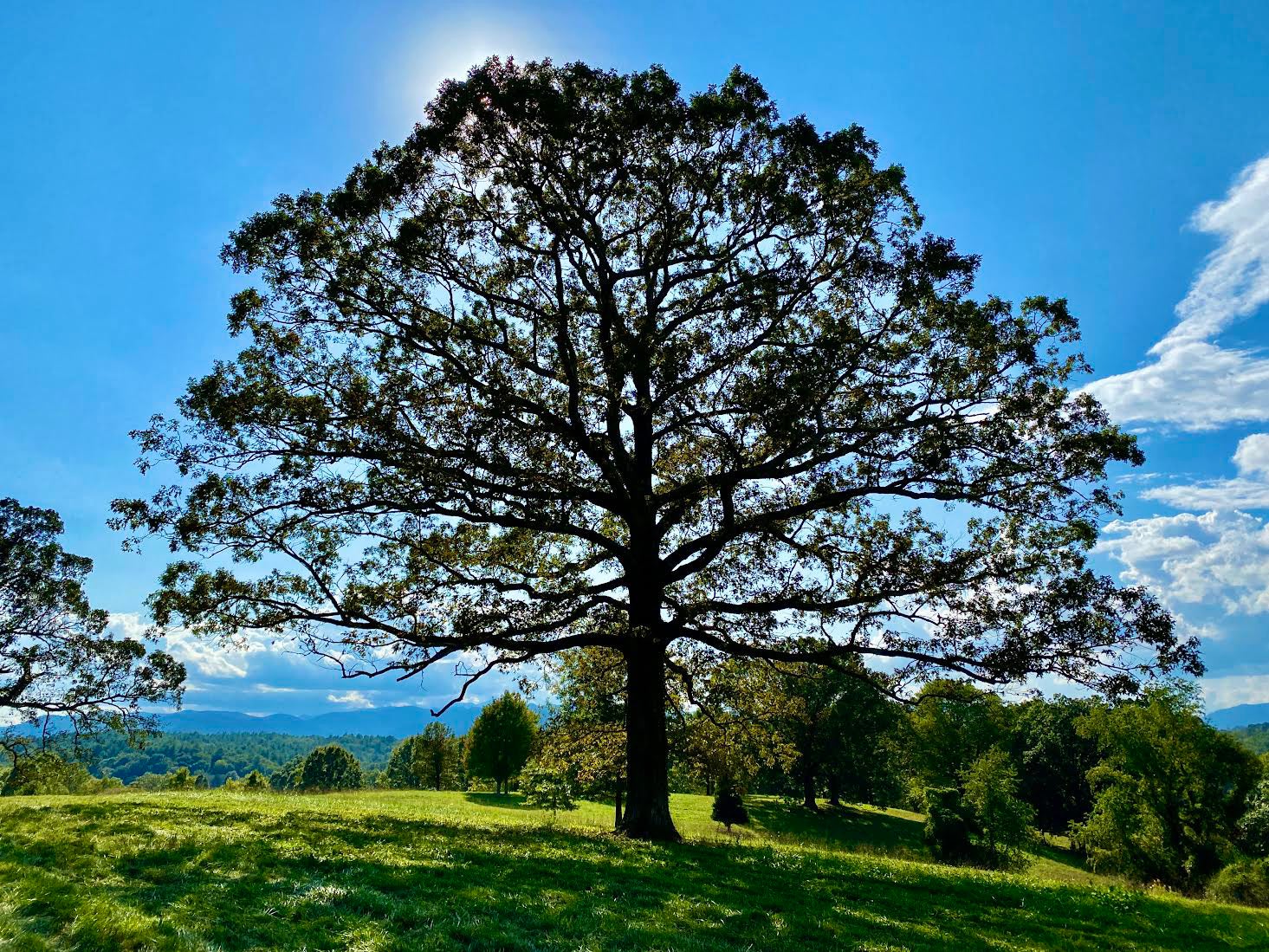Trees display beauty long after autumn
Published 4:27 pm Friday, November 17, 2023

- The limbs, branches, and twigs of trees offer a silhouette of graceful beauty all their own. Photo by Steve Roark
|
Getting your Trinity Audio player ready...
|
By Steve Roark
Cumberland Gap National Historical Park
Now that the beauty of Autumn is past and the trees are mostly laid bare, some folks bemoan the starkness of the winter forest. But now that you can see them, the limbs, branches, and twigs of trees offer a silhouette of graceful beauty all their own, especially with the sun shining behind them. Another overlooked aspect is the beauty of their design and function.
Here’s a quick review of tree function: trees have a fractal structure, meaning their various parts are grown in a repetitive pattern: trucks branch off into limbs, limbs into branches, branches to twigs. There are two primary purposes of this sort of structuring: to hang the many thousands of tree leaves (up to a half million on a mature white oak) out in the sun so they can do the photosynthesis thing and produce food and building material for the tree to use, and also to provide the plumbing to move water and nutrients up from the roots and sugars suspended in sap down from the leaves. A third purpose of this repeated branching structure is the ability to resist wind damage, certainly a priority for such a giant of a plant.
A tree with leaves has a lot of surface area that is suspended high in the air and catches a lot of wind force. Amazingly, many trees remain standing even after strong wind events such as tornados. How a tree is designed to resist breaking was discovered long ago but has only recently been understood why it works.
Leonardo da Vinci made an observation over 500 years ago, noticing that when a tree branches out, smaller branches have a mathematical relationship with the branch from which they sprang. When two branches sprout off a bigger branch, the diameter surface area of the two small branches is equal to the surface area of the bigger branch. And this ratio holds up for any part of the tree you care to look at high or low, from the largest limbs to the smallest twigs. This ratio has been named Leonardo’s Rule.
Da Vinci did not realize that the ratio created a wind resistant tree structure, and the fact that it does has only recently been researched to figure it out. Earlier theories proposed that the branch diameter ratio provided a higher efficiency in transporting sap throughout the tree. But French physicist Christophe Eloy conducted research through computer simulations to determine the diameter of each tree component (limbs, branches, etc.) that was most resistant to snapping in high winds. When all the data was observed as a whole, the most damage resistant branching structure followed Leonardo’s Rule.
I think it is awesome that our Creator is so good at designing natural systems that are not only beautiful but highly functional. It makes sense to mimic nature’s good design features into man-made structures. The Eiffel Tower is a prime example of a structure that follows Leonardo’s Rule, providing both beauty and strength in high winds.
Steve Roark is a volunteer at Cumberland Gap National Historical Park.





